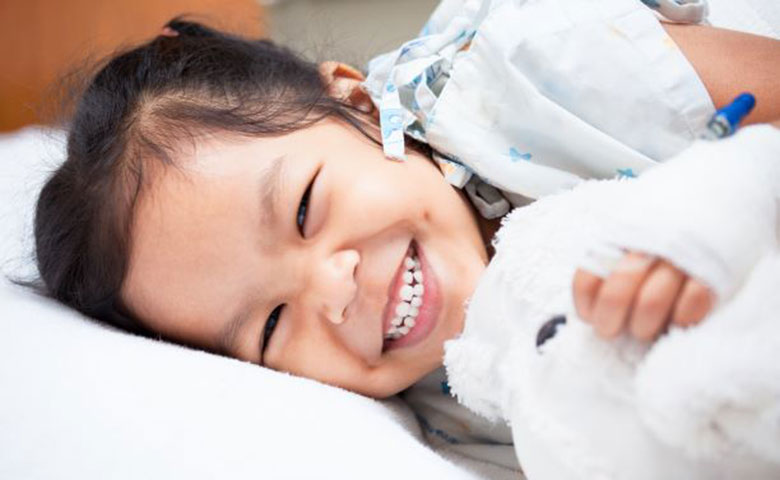Meet our brilliant minds: Dr Laila Ibrahim


Tell us a little bit about yourself and your journey to getting to where you are today as a researcher here at MCRI.
I was born and raised primarily in Malaysia then left to study medicine in Ireland. Although I had every intention of going back to live in Malaysia after finishing medical training, Ireland became my home for 12 years. Towards the end of my paediatric specialist training, on one dark miserable cold winter evening in Dublin, I saw an ad on TV promoting Melbourne as the most liveable city in the world!
Melbourne was meant to be a stopover before settling down in Malaysia but here at The Royal Children's Hospital (RCH) I met A/Prof Penelope Bryant, medical lead of Hospital-in-the-Home, who was so inspiring and enthusiastic about treating children at home. I was the first full time Hospital-in-the-Home medical doctor at RCH back then and at the very first home visit I went on to treat a child in their own bed, in their own home. I knew that this was a cause worth pursuing for the rest of my life.
How did you become involved in the study and what did your involvement entail from a day-to-day and project perspective?
The study was my baby (in addition to the other two real human babies I had during my PhD) - it started with a question 'why can't we treat children at home?' Before the study, whenever I went to Emergency clinicians and paediatricians on the ward to get patients home and avoid hospital admission, I frequently encountered reluctance or hesitance. I was often asked for the evidence that it was safe and effective to treat children at home. With Penelope's support and encouragement, we brought the idea of the study to the head of Emergency Research, Prof Franz Babl, and to the Hospital-in-the-Home champion in the Emergency Department A/Prof Sandy Hopper. Together we formed the CHOICE team.
I led the study from the conception, to the design, recruitment, data entry, data analysis and publication with plenty of support from the rest of the team which also expanded to many others such as statistician Francesca Orsini, health economists Dr Li Huang and A/Prof Kim Dalziel, microbiologist Dr Andrew Daley and many others. Day to day, the most important aspect was not missing potential patients so I would go to the Emergency Department with a big smile and remind clinicians about the study just being kind and friendly goes a long way! My favourite part of the study was meeting families, explaining the study to them and performing the randomisation process. My least favourite part of the study was driving all over Victoria, several times a week, to collect faecal samples, my car was nicknamed the 'poo-mobile'.
What does this research and being part of it mean to you?
This research was the core of my PhD and to see it to completion and published in a high impact journal, I feel incredibly privileged to have this opportunity and am humbled by the overwhelming support shown to me by so many people. I am incredibly lucky to have Penelope and Franz as my supervisors both of whom have been like my research 'mum and dad'. The recognition of this work is also a giant step towards the vision where most children can be treated at home.
Outside of research, what do you like to do in your spare time? I wish I could say that I do really cool things like windsurfing and hiking up mountains or diving. (I certainly pretended I was a really cool and hip clinician scientist when I first met my husband, who totally bought it!). The truth is I am a mother to three little boys, so in my spare time, we're either at a birthday party, a park or my favourite - a café with an enclosed playground where I can leave the kids and pretend I am a really cool and hip Melburnian.



